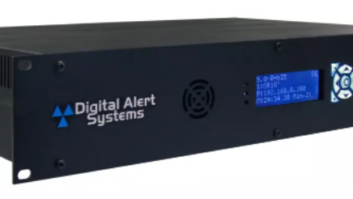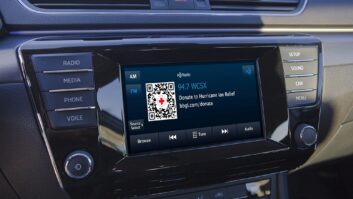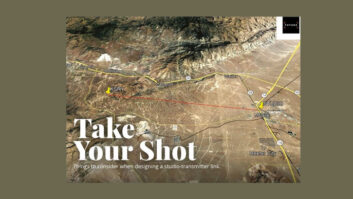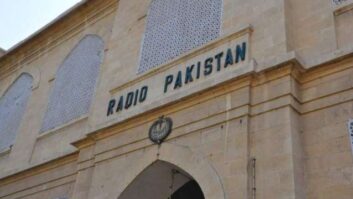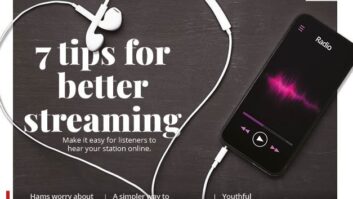
Mike Payne I read with great interest the commentary by Joe D’Angelo of iBiquity Digital Radio (“AM Radio: Where Do We Go From Here?” Sept. 26 issue) regarding HD Radio as a path for AM to evolve. I also read the reader posts to that piece. All interesting.
I have had the privilege to speak with a few people from iBiquity in the past and, even though our points of view differed, the conversations were always cordial. I was offered the same experience from the folks from DRM. These conversations are what make broadcasting fun and exciting, especially from a technical point of view.
Some of the reader comments to this article resembled arguments made about Microsoft’s dominance of the computer marketplace. Okay, let’s use that analogy to discuss the two major forms of digital broadcasting.
I equate iBiquity vs. DRM to the Microsoft vs. Linux debate. One you pay for the privilege to use, and the other you get for next to nothing. Yet another analogy is closed source development vs. open source development.
Now, let’s talk about some real-world issues. Digital broadcasting is a hungry bandwidth beast. There can be no argument here. I have personally listened to the effects in several markets and it isn’t pretty. Digital is not a good neighbor. Get enough digital neighbors, and you wind up in a “radio slum.”
Now down to the issue of the medium-wave broadcast band and digital. (We can no longer call it the AM band.) The big questions are: At what power would one be able to run, and will it even work properly with multiple tower arrays that most of us have to run?
PRACTICAL CONCERNS
I have seen the bandwidth proof of the system I take care of and, quite frankly, it stinks. Even AM stereo would sound lousy on this array. These are facts, not pipe dreams or pessimistic ballyhoos.
Let’s go a step farther with real-world performance expectations. In my case, I have a 5 kW AM (aka medium-wave) and a 100 kW FM that are at the same ground level. After a survey I determined that the two stations covered the same area. (Not a usual situation.) So, other than fidelity and noise, both were equal.
Keeping this in mind, and depending on the allowed digital power, this would equate to either 1 kW or 500 watts for the former 5 kW AM facility. (That would mean huge power savings, by the way.) But then, we have the issue of nighttime power vs. the four-tower array. This could be bad for Gotham City, i.e. 540 watts or 270 watts vs. 2700 watts analog.
Things don’t look good for Batman and Robin.
Since we have to cover the same area, let’s talk about this for a moment. In the case of DRM, you need a rather significant signal-to-noise ratio to get DRM to decode. The approximate same scenario also applies to IBOC.
If the SNR is not met, the listener hears nothing at all. Instant tune-out occurs, assuming pure digital. Now you have the general manager and station manager on your back after you have spent a lot of money and time to implement the new wave of broadcasting.
SALES CHALLENGE
How to sell the listener on HD Radio is the main focus. Let’s be honest. It will take deep pockets and large promotions to get the ball rolling. If it is done right, the returns could be significant indeed, but it is up to the station(s) in question to sell HD Radio. Don’t depend on the listener to get excited and go out and pop the money to try your grand experiment.
In this same vein, don’t expect the listener to get excited when all you are presenting is lame programming. One has to present a real reason to listen. Give them something to talk about, brag about.
It is a huge investment that will take time to pay off. The upside is that there is so much young talent out there; this should not even be an issue. Get these young people excited.
Will the medium-wave band survive? No one knows for sure, although Europe is sure it is completely dead and worthless. I don’t subscribe to that thinking at all. There is a lot we can do and should do.
We are truly blessed to have Commissioner Pai as our advocate. Give him a good reason to be just that.
Mike Payne is a contract engineer with Townsquare Media, Western Division in Twin Falls, Idaho.






